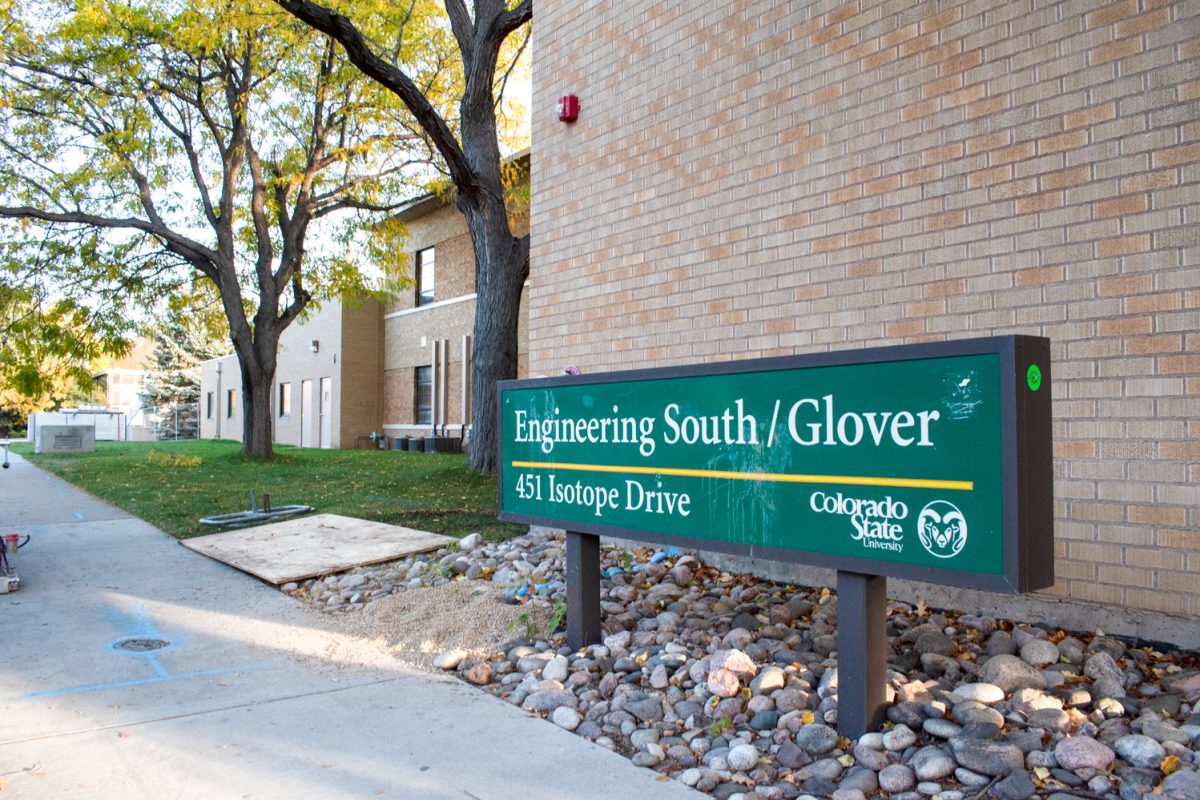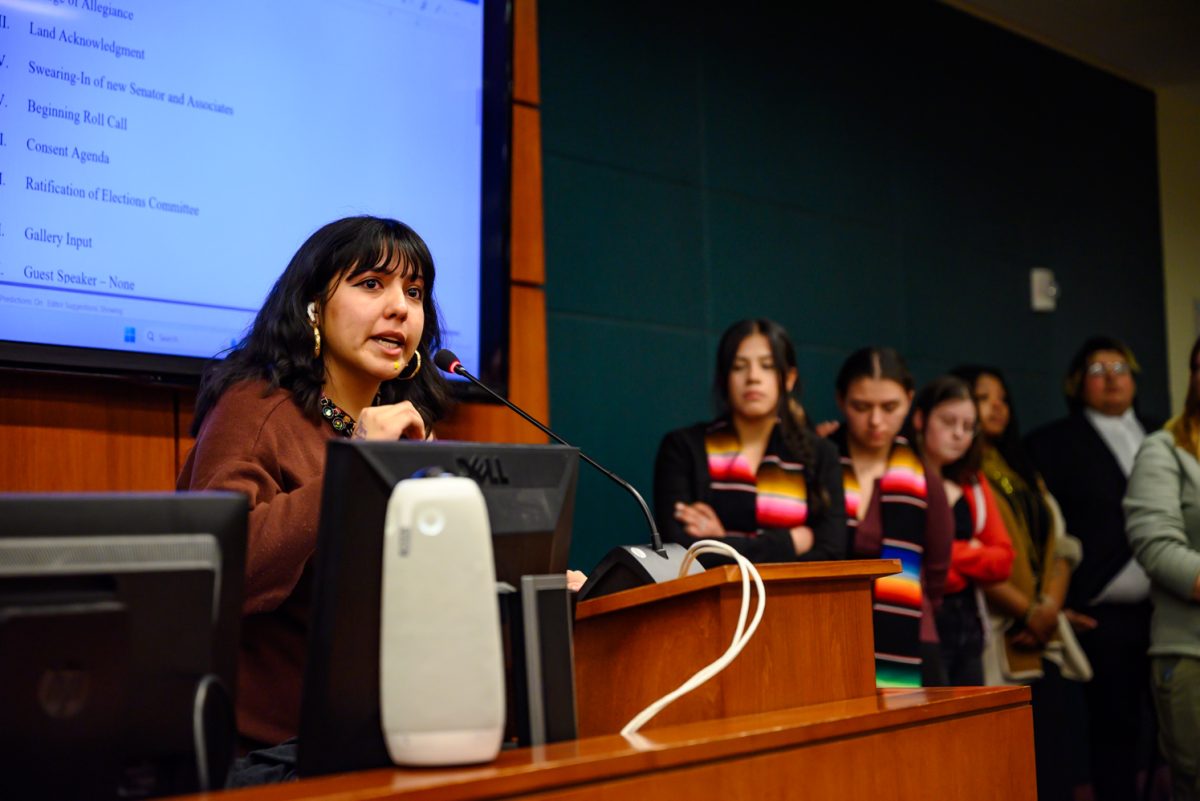Colorado State University is working to get on track to reach their goal of 100 percent renewable electricity by 2030 and 100 percent renewable energy by 2050.

According to the Request for Proposals for Renewable Energy, CSU is interested in long-term power purchase agreements, or on site solutions to provide renewable electricity.
On Jan. 5, 2017, President Tony Frank signed a climate reality pledge, to commit CSU to running on 100 percent renewable electricity by 2030. According to SOURCE, more than 4,300 students and faculty members signed the petition to encourage CSU to join the climate reality pledge.
Maggie Gilman, a junior studying human dimensions and natural resources, was an integral part of the petition, and said she thinks that this goal is great for the University.
“What’s important is that CSU is going to be a leader and meeting the demand for (energy) production,” Gilman said. “I think this aligns with the values and morals the University has.”
There are multiple steps to getting CSU to 100 percent renewable energy, according to Scott Denning, an atmospheric science professor. On a fundamental level, the infrastructure of CSU has to become more efficient in the energy uses in buildings. In addition to creating more efficient buildings by creating with buildings with more windows for natural lighting and more efficient insulation and air flow, CSU is working on renovating the older buildings on campus.
Steps to significantly reducing carbon footprints:
-
Create energy efficient buildings
-
Buy renewable energy
-
Electrify Everything
-
Surplus renewable energy off sets remaining greenhouse gas footprint.
“We’re building more efficient buildings, our new buildings are on track to be LEED gold,” said Carol Dollard, an energy engineer at CSU. “We’re also putting retofits in the old buildings. Most of our energy portfolio is already here, so we’re working on making those more efficient.”
In order to run on renewable electricity, the renewable energy must be obtained. CSU has put in a request for proposals for renewable energy in order to reach this renewable electricity goal by 2030. The proposal is looking for a vendor that can either provide 100 percent renewable electricity for CSU, multiple projects to provide renewable energy or a physical delivery of the purchasing power agreement, which would physically deliver the renewable energy to the University.

So far, CSU has received 27 proposals, and a vendor decision will be made in mid- January.
“I’m hoping that through this, CSU has more access to renewable electricity,” said Farrah Bustamante, the associate director of CSU’s Procurement Services. “I looked at the request for proposals earlier in the year and they look very promising. I wanted to take the next step forward.”
Eliminating the rest of the greenhouse gas footprint is significantly harder.
“CSU would have to rip out the heating system in the buildings, the furnaces and hot air vents, and replace it with something that doesn’t set carbon on fire,” Denning said.
According to Vox, the solution to eliminating the carbon emissions from natural gas is to “electrify everything.” After replacing electricity sources with renewable energy, transferring as much of the carbon emissions to the electric grid is the optimal way to eliminate the carbon footprint.
At the same time, it would be extremely difficult to eliminate the entire carbon footprint, especially with factors like air travel, which is 10 percent of CSU’s carbon footprint, and agriculture, which is 3 percent of CSU’s carbon footprint. By generating more renewable energy than used, CSU can obtain “renewable energy credits,” which can offset a small amount of carbon emissions.
Through the request for proposal, creating more renewable energy and energy efficient buildings, CSU will be on track to reach 100 percent renewable electricity by 2030 and 100 percent renewable energy by 2050.
Collegian reporter Julia Trowbridge can be reached at news@collegian.com or on Twitter @chapin_jules.







